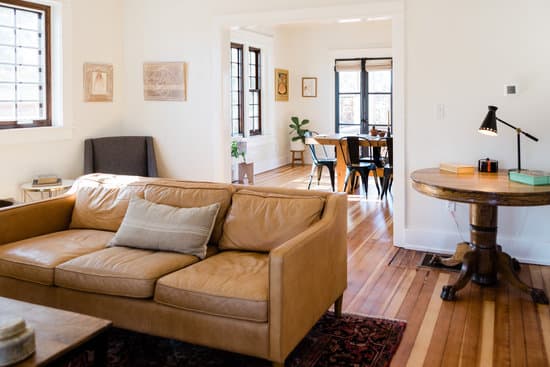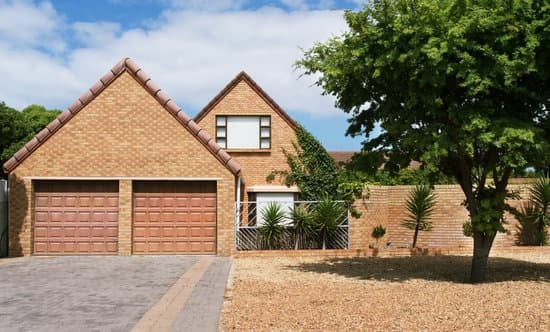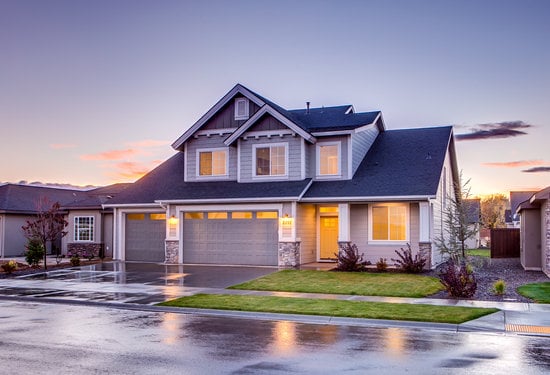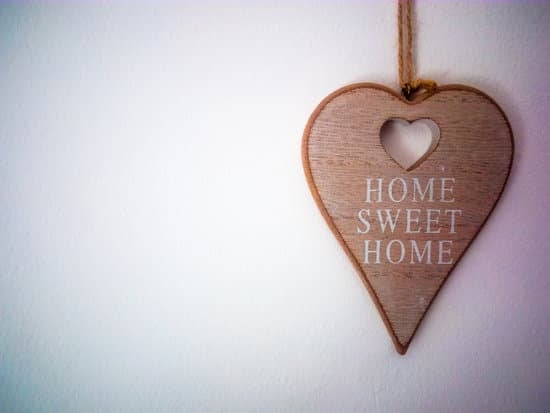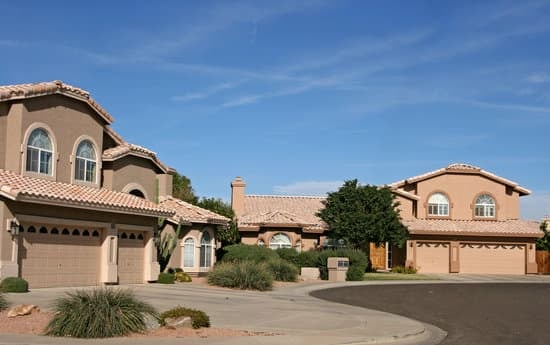Late Victorian style refers to the period of American architecture that was prevalent during the latter half of the 19th century, particularly between the 1870s and 1900. It was characterized by ornate and detailed designs that often combined elements from various architectural styles. Some of the prominent styles that emerged during this period include:
The Second Empire: This style was inspired by the French architecture of the mid-19th century and was known for its mansard roofs, elaborate moldings, and classical details.
Romanesque Revival: This style drew inspiration from the Romanesque architecture of medieval Europe and was characterized by round arches, thick walls, and decorative carvings.
Victorian Gothic: Inspired by the Gothic architecture of the Middle Ages, this style was known for its pointed arches, intricate tracery, and ornate decoration.
Queen Anne: This style originated in England and was characterized by its asymmetrical design, steep roofs, and decorative spindlework.
Stick/Eastlake: This style was influenced by the Eastlake movement, which emphasized simple, geometric forms and natural materials like wood and stone.
Shingle: This style was popularized in New England and was known for its use of wooden shingles, irregular shapes, and sweeping porches.
Renaissance Revival: This style drew inspiration from the architecture of the Italian Renaissance and was characterized by its classical columns, decorative pediments, and grand entrances.
Chateauesque: This style was inspired by the grand chateaus of France and was known for its steep roofs, turrets, and elaborate stonework.
Overall, late Victorian style was characterized by its elaborate and intricate designs, as well as its willingness to blend elements from different architectural styles. While it was popular during its time, it eventually gave way to the more streamlined and simplified designs of the early 20th century.






